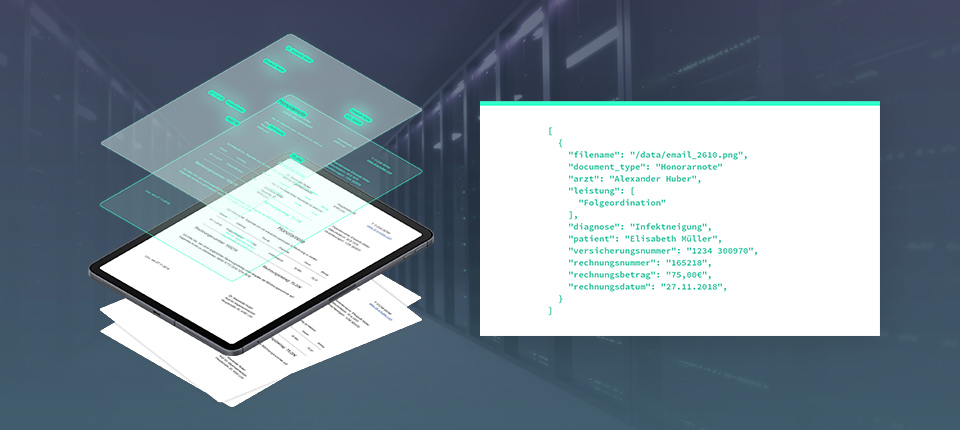The Corona crisis has made it clear to all of us just how essential digital infrastructure is in today’s society. In the digital age, a crisis cannot be allowed to result in a complete stand still! However, working from home has not only posed challenges to private companies – even the public sector was suddenly confronted with the difficult task of providing citizens with the most important services online while protecting its employees against health risks of the current situation.
The crisis should be used as an opportunity to pursue digitalization in the public sector – so that public services are automated and offered via digital platforms and human resources can be saved for special cases. Citizens expect the state to take on an active role in offering digital services and well-functioning infrastructure.
Increase efficiency and reduce costs
The benefits of an efficient administration and the corresponding cost savings are an incentive to force digitalization in the public sector. By reducing routine work, using digital assistants, and optimizing processes, administrative work can be designed much more efficiently. How this can be successfully put into practice is demonstrated by the digital justice administrative platform that Cloudflight developed for the Federal Ministry for Justice:
Service-oriented with digital work processes
Digitalization measures have positive effects on numerous other variables, such as health. E-documents allow complications from different medications to be more easily identified and discovered by various doctors. The treatment is then always transparent at every point of treatment.
Even security aspects, such as fighting crime, are improved through modern technology and linking different stakeholders.
Additionally, access to education, for example by introducing modern student portals, can be improved. In cooperation with the University of Vienna, Cloudflight developed a portal for students and teachers that supports them from online registering to issuing grades.
New technological possibilities
Now, it is important for the public sector to profit from the potential of technological possibilities. For example, AI using Optical Character Recognition (OCR) can support data extraction from documents and automatically save the data in the system. 
How this can be successfully implemented is demonstrated by the reimbursement process of social security which was optimized with artificial intelligence. Standardizing administrative processes leads to a lessened workload for employees who then use the newly-won work capacity for faster, better customer service. This increases digital measures, as well as the closeness to customers/citizens. Additionally, increasing work flexibility also decreases risk. In times of crisis, this allows working from home to be implemented quickly and efficiently.
Digitalization goals in the public sector
The goals pertaining to digitalizing administrations are many. At the core, digitalization measures can generate efficient processes that lessen the employee workload while increasing the service quality. To stay competitive in the long-term, an efficient administration with a modern, digital administrative structure is essential. This allows for more flexible reactions to risks, such as the Corona pandemic. That’s why the time is now to identify and use digital opportunities to implement new services, step by step.
